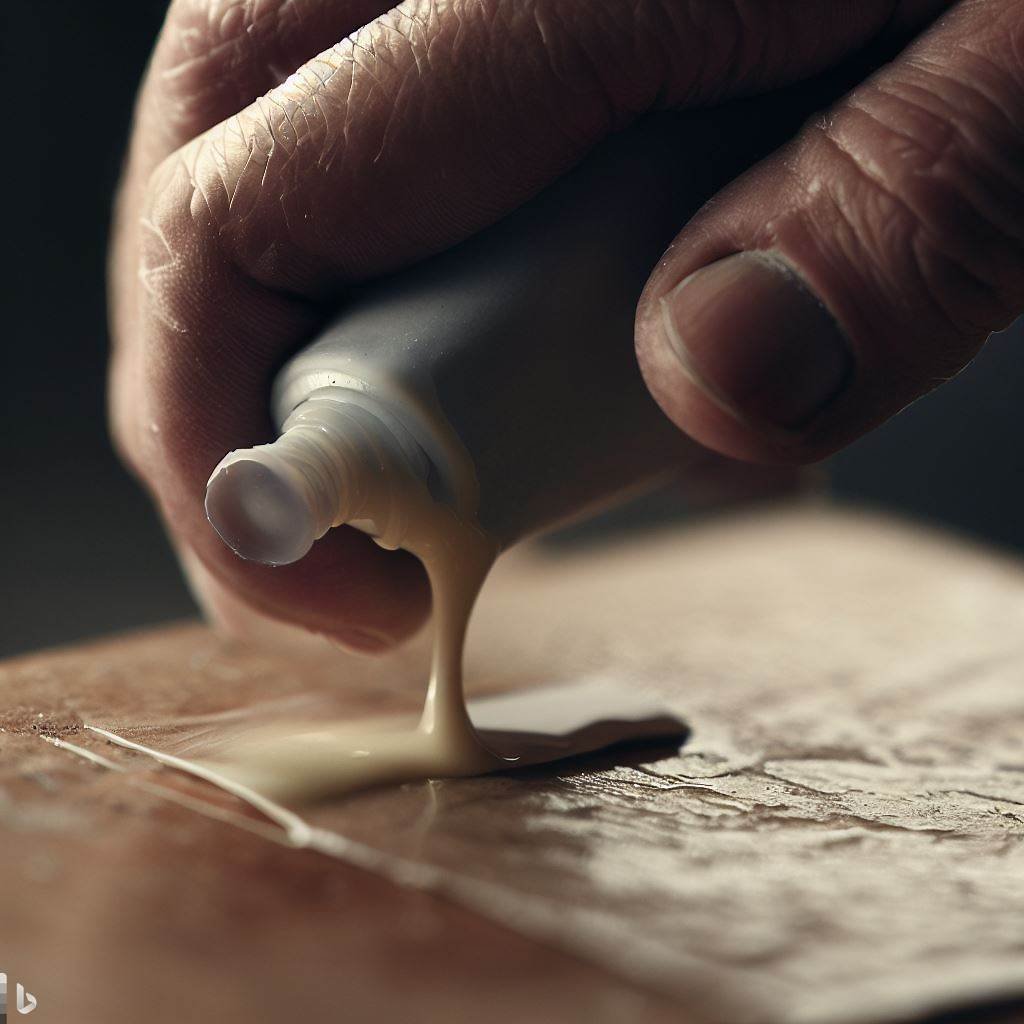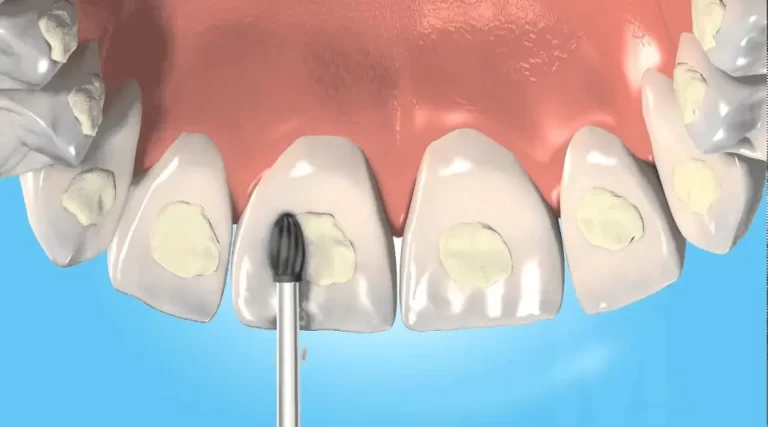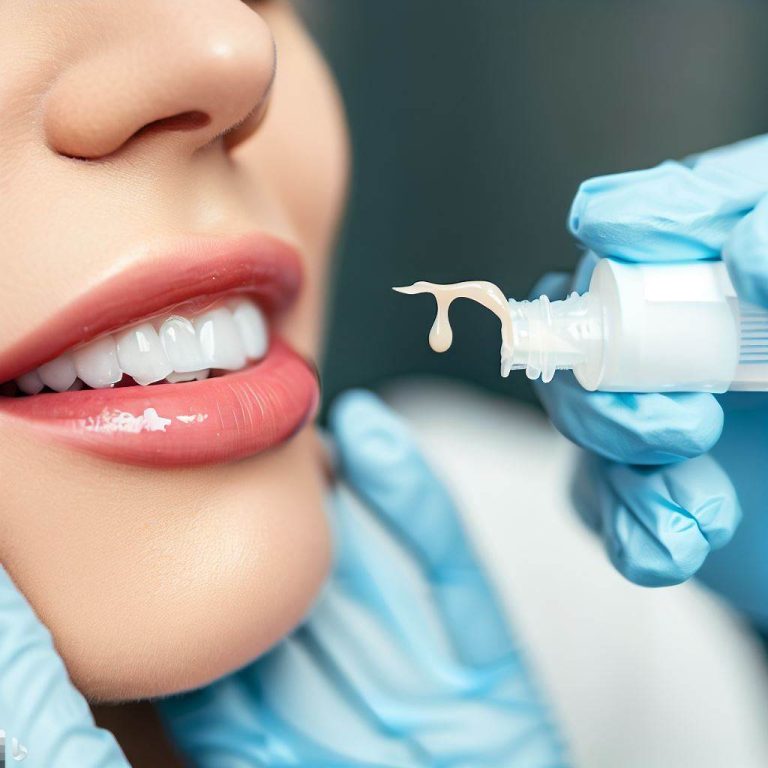Mounting adhesive is a type of adhesive that is commonly used in art and design projects. It is a versatile adhesive that can bond a wide range of materials, including paper, cardstock, foam board, and plastics. Mounting adhesive is available in different forms, including sprays, tapes, and liquid adhesives.
This article will explore what mounting adhesive is, its uses, and the pros and cons of using it. Mounting adhesive is an essential tool for artists, designers, and anyone who wants to create a professional-looking display or presentation. It is commonly used to mount photographs, artwork, and posters onto a variety of surfaces, including walls, display boards, and foam core.
Mounting adhesive is also used in bookbinding, scrapbooking, and other paper crafts. While it is a useful adhesive, it is important to understand its limitations and potential disadvantages. This article will provide a comprehensive guide to mounting adhesive, including tips for choosing the right product, using it effectively, and removing it without damaging your project.
What is Mounting Adhesive?

Mounting adhesive is a highly versatile and effective substance that is commonly utilized in a variety of settings for the purpose of securely bonding two or more surfaces together. There are various types of mounting adhesive available in the market, including pressure-sensitive, heat-activated, and solvent-activated adhesives, each with its own unique properties and application methods.
Pressure-sensitive adhesives are easy to use, require no heat or solvent, and can be repositioned multiple times before becoming permanent. Heat-activated adhesives require heat to activate the bonding process and generally offer a stronger bond than pressure-sensitive adhesives. Solvent-activated adhesives require a solvent, such as acetone or toluene, to activate the bonding process and are commonly used for bonding plastics.
Mounting adhesive is used in a variety of applications, including in the production of signs, posters, and displays, as well as in the mounting of photographs and artwork. It is also widely used in the automotive and construction industries. The use of mounting adhesive offers numerous benefits, including ease of use, versatility, and a strong bond. However, there are also some downsides to using mounting adhesive, such as the possibility of damage to the surface being bonded and the need for proper ventilation to avoid exposure to fumes.
The uses of mounting adhesive are varied and extensive, making it an essential substance in numerous industries.
Uses of Mounting Adhesive
The versatility of mounting adhesive allows for seamless integration of various materials, making it a popular choice for both creative applications and practical uses.
It can be used for mounting photographs, artwork, and posters, as well as for creating displays and presentations.
Mounting adhesive can also be used in the production of signs, banners, and trade show displays, as it provides a strong bond and is easy to work with.
The adhesive is available in different types and strengths, allowing users to choose the best option for their specific needs.
Despite its many benefits, there are also some cons to using mounting adhesive, which will be discussed in the subsequent section about the pros of using mounting adhesive.
Pros of Using Mounting Adhesive
Mounting adhesive offers a range of advantages, including its strength and durability, ease of use, and versatility. These features make it an ideal choice for a variety of applications, from mounting posters and artwork to creating displays and presentations.
With its ability to provide a strong, long-lasting bond, mounting adhesive is a reliable solution for professionals and hobbyists alike. Its ease of use makes it accessible to anyone looking for a simple and effective way to mount materials.
Strength and Durability
One cannot deny the importance of a robust and long-lasting bonding agent in the realm of material adhesion, as it is a crucial factor that can ultimately decide the success or failure of a project.
When it comes to mounting adhesive, strength and durability are of utmost concern. Durability concerns can be addressed through strength testing, which evaluates the adhesive’s ability to withstand impacts, wear and tear, and other external forces. An adhesive with high impact resistance and long-lasting durability is a desirable choice for projects that require longevity and stability.
Mounting adhesives with high strength and durability are often used in industrial settings such as construction and manufacturing, where materials are subject to harsh environmental conditions.
As we move into the subsequent section about ease of use, it’s important to note that while strength and durability are crucial, ease of use is also a significant factor to consider.
Ease of Use
Efficiency in application and compatibility with various surfaces are essential considerations when evaluating the ease of use of a mounting adhesive, enabling a smooth and effortless bonding process that ensures optimal results.
Application techniques play a crucial role in ensuring that the adhesive is applied correctly, and the product recommendations help choose the most appropriate adhesive for a specific application.
A mounting adhesive must be easy to use and apply to ensure that the process is seamless, especially for individuals with minimal experience in bonding. The adhesive should be versatile and adaptable to different surfaces, making it easy to use in a range of applications.
An adhesive that is easy to use will not only make the bonding process quick and simple, but it will also reduce the risk of errors and inconsistencies, leading to a high-quality final product.
Transitioning into the next section, versatility is another critical consideration when choosing a mounting adhesive.
Versatility
The adaptability of a mounting adhesive to varying surfaces is a crucial aspect to consider when evaluating its versatility, as it ensures that the adhesive can be used for a range of applications and provides optimal results.
Mounting adhesive is versatile enough to be used for decorative applications, such as mounting posters or photographs, as well as industrial applications, such as mounting heavy objects and machinery.
The adhesive can be applied to a variety of surfaces, including paper, fabric, metal, and plastic, making it a versatile option for a range of applications.
Additionally, mounting adhesive can be used in various environments, including indoor and outdoor settings. Its versatility makes it a popular choice for both personal and professional use.
However, as with any product, there are also cons to using mounting adhesive.
Cons of Using Mounting Adhesive
When using mounting adhesive, it is important to be aware of its potential drawbacks. One of the main issues is the risk of residue and surface damage. Adhesive residue can be difficult to remove and may leave behind unsightly marks on the surface.
Additionally, there is a risk of damaging the object being mounted, especially if it is delicate or has a fragile surface. These factors should be taken into consideration when deciding whether or not to use mounting adhesive for a particular project.
Residue and Surface Damage
Residue and surface damage are important considerations when working with mounting adhesives, as they can have negative effects on the appearance and durability of the mounted item.
To prevent residue and surface damage, it is crucial to take prevention measures such as using the appropriate amount of adhesive and avoiding over-application. Removal techniques such as using a gentle solvent or heat can also help avoid surface damage during the removal process. Additionally, it is important to consider the type of surface the adhesive will be applied to, as some surfaces may be more susceptible to damage than others.
Despite these prevention measures, there is still a potential for object damage, especially if the adhesive is not properly applied or removed. Therefore, it is important to weigh the advantages and disadvantages of using mounting adhesive and carefully consider its application before proceeding.
Potential for Object Damage
Careful consideration of the potential for damage to the object should be taken into account before proceeding with the use of any material or method in order to ensure the preservation of the object’s integrity.
While mounting adhesives can provide a secure and long-lasting bond, there is a potential for damage to occur during the mounting process.
The weight and fragility of the object must be evaluated to determine the appropriate method for mounting.
Additional protective measures, such as using a barrier paper or protective film, can also be taken to prevent damage.
It is important to assess the potential risks and benefits of using a mounting adhesive before proceeding.
By taking the necessary precautions, the object’s integrity can be preserved.
Ultimately, choosing the right mounting adhesive will depend on the type of object, the mounting surface, and the desired outcome.
Choosing the Right Mounting Adhesive
Selecting the appropriate type of adhesive for a specific mounting project is a crucial step in ensuring a successful outcome. Choosing the right adhesive can be a daunting task, especially for those who are new to the process.
However, there are several factors to consider when selecting a mounting adhesive, such as the type of surface, weight of the object, and the intended duration of the mounting.
Common mistakes to avoid include using the wrong type of adhesive, not applying the adhesive properly, and not allowing the adhesive to dry or cure completely before mounting the object. It is important to carefully read the manufacturer’s instructions and test the adhesive on a small area before proceeding with the project.
By taking the time to select the appropriate adhesive and following the manufacturer’s instructions, one can avoid potential damage to the object and the mounting surface.
Tips for using and removing mounting adhesive will be discussed in the subsequent section.
Tips for Using and Removing Mounting Adhesive
With the proper application and removal techniques, using mounting adhesive can be a straightforward and effective method for securing objects in place.
When it comes to removing mounting adhesive, it is important to do so safely and without damaging the surface or object it was applied to.
One tip is to use a heat gun or hair dryer to gently warm up the adhesive, making it easier to peel off without leaving residue or causing damage.
Another option is to use an alternative adhesive, such as double-sided tape or removable adhesive strips, that can be easily removed without leaving a sticky residue.
It is also important to follow the manufacturer’s instructions for application and removal to ensure the best results and avoid any potential issues.
Conclusion
Mounting adhesive is a type of adhesive that is used to attach one object to another, such as mounting a photograph or piece of artwork onto a board or wall. It comes in various forms, including spray adhesives, double-sided tape, and liquid adhesives.
The uses of mounting adhesive are varied and include artwork mounting, scrapbooking, and poster mounting.
The pros of using mounting adhesive include its ease of use and strong adhesive properties. It is also a cost-effective option, as it can be used multiple times and does not require additional hardware or tools. However, there are also some cons to using mounting adhesive, such as the potential for damage to the surface it is applied to and the difficulty of removing it without causing damage.
When choosing the right mounting adhesive, it is important to consider the surface it will be applied to and the weight of the object being mounted. Tips for using and removing mounting adhesive include ensuring that the surface is clean and dry before application, using a small amount of adhesive, and gently removing it using solvent or heat.
In conclusion, mounting adhesive is a useful tool for a variety of applications. While it has its pros and cons, it can be a cost-effective and easy-to-use option for attaching objects to surfaces. By carefully considering the type of adhesive and following proper application and removal techniques, users can enjoy the benefits of mounting adhesive without causing damage to their surfaces.



